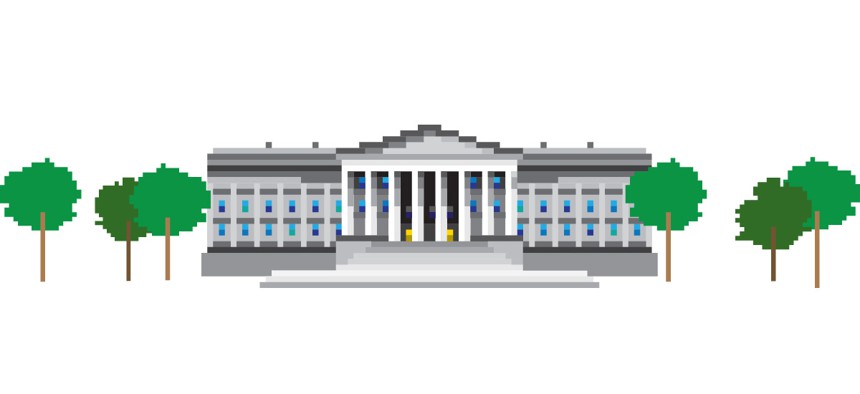Can Silicon Valley Save Federal IT?

Hannah Goldberg
An agile, open sensibility has overtaken Washington. But can it budge the behemoth federal bureaucracy?
This story appears in the July-August issue of Government Executive magazine.
In early June, former U.S. Chief Technology Officer Todd Park appeared at the Health and Human Services Department’s annual techie conference in Washington, the wackily named Health Datapalooza.
He was seeking new recruits for the White House U.S. Digital Service, an office he says combines the forward-looking ethos of the Defense Advanced Research Projects Agency and the altruistic mission of the Peace Corps with the targeted aggressiveness of Navy SEAL Team Six. The group’s mandate? To radically rethink the way the government buys, builds and delivers IT systems and citizen-facing services—with the necessary top cover from the administration to do so.
You don’t even need to learn how government works, Park, now a presidential adviser and tech recruiter, pitched the crowd. “Do what you would do in the private sector and we’ll blow up the barriers in the way,” he said.
Increasingly, officials say what ails the federal government when it comes to IT—a Byzantine contracting structure, antiquated technology and ineffectual engineering processes, all thrown into high relief during the HealthCare.gov fiasco—can be solved by hordes of fresh talent schooled in the fail-fast, agile mind-set pioneered in Silicon Valley. High-caliber talent has heeded the call, swooping into government for “tours of duty” with both USDS and a sister effort launched by the General Services Administration called 18F.


